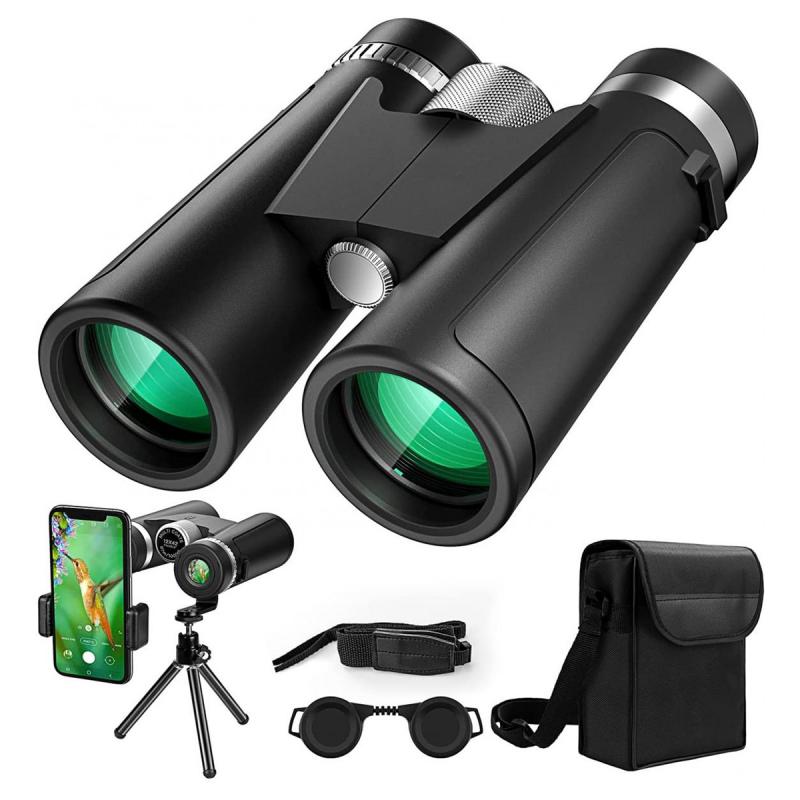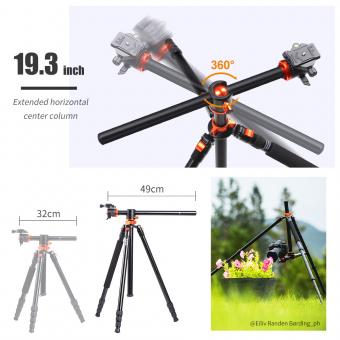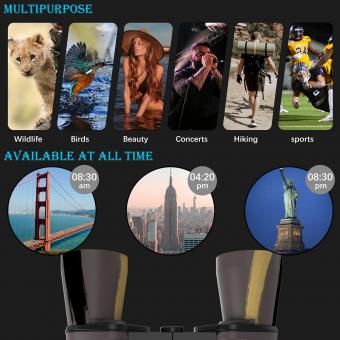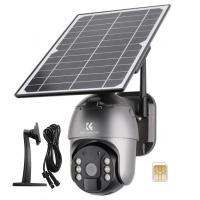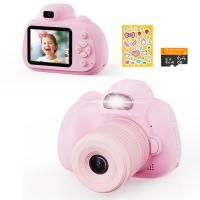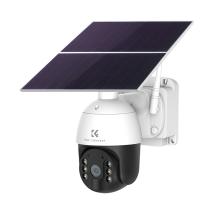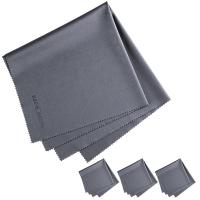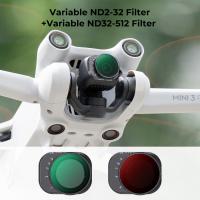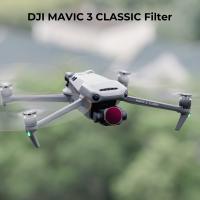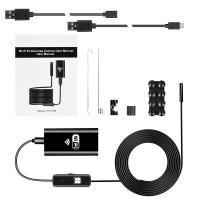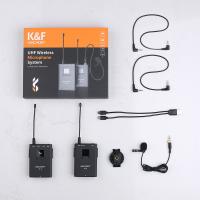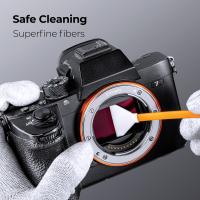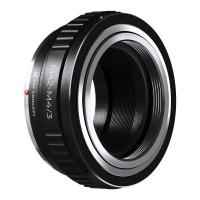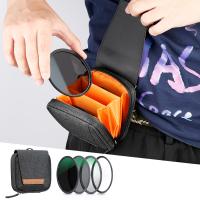How To Buy The Right Binoculars ?
When buying binoculars, it is important to consider factors such as the intended use, magnification power, objective lens size, field of view, and image quality. Researching different brands and models, reading reviews, and comparing prices can help in making an informed decision. Additionally, trying out binoculars in person, if possible, can provide a better understanding of their comfort and usability.
1、 Magnification and Objective Lens Diameter
When it comes to buying the right binoculars, there are a few key factors to consider. One of the most important aspects is the magnification power and objective lens diameter. These two factors determine the performance and capabilities of the binoculars.
Magnification refers to how much closer the object will appear when viewed through the binoculars compared to the naked eye. It is denoted by a number followed by an "x" (e.g., 8x or 10x). Higher magnification may seem appealing, but it also comes with drawbacks. Higher magnification can lead to a narrower field of view, reduced brightness, and increased shakiness due to hand movements. On the other hand, lower magnification provides a wider field of view and more stability.
The objective lens diameter is the second number mentioned in binocular specifications, such as 8x42 or 10x50. It refers to the diameter of the front lenses in millimeters. A larger objective lens diameter allows more light to enter the binoculars, resulting in brighter and clearer images. However, larger objective lenses also mean heavier and bulkier binoculars, which may not be ideal for all situations.
It is important to strike a balance between magnification and objective lens diameter based on your specific needs. For general purposes like birdwatching or hiking, a magnification of 8x or 10x with an objective lens diameter of 32mm to 42mm is recommended. These provide a good balance between portability, brightness, and stability.
However, it is worth noting that the latest advancements in binocular technology have introduced features like image stabilization and lens coatings that can enhance the overall viewing experience. These advancements can compensate for some of the drawbacks associated with higher magnification or smaller objective lens diameter.
In conclusion, when buying binoculars, consider the magnification and objective lens diameter carefully. Assess your specific needs and strike a balance between these two factors to ensure you choose the right binoculars for your intended use. Additionally, stay informed about the latest advancements in binocular technology to make an informed decision.
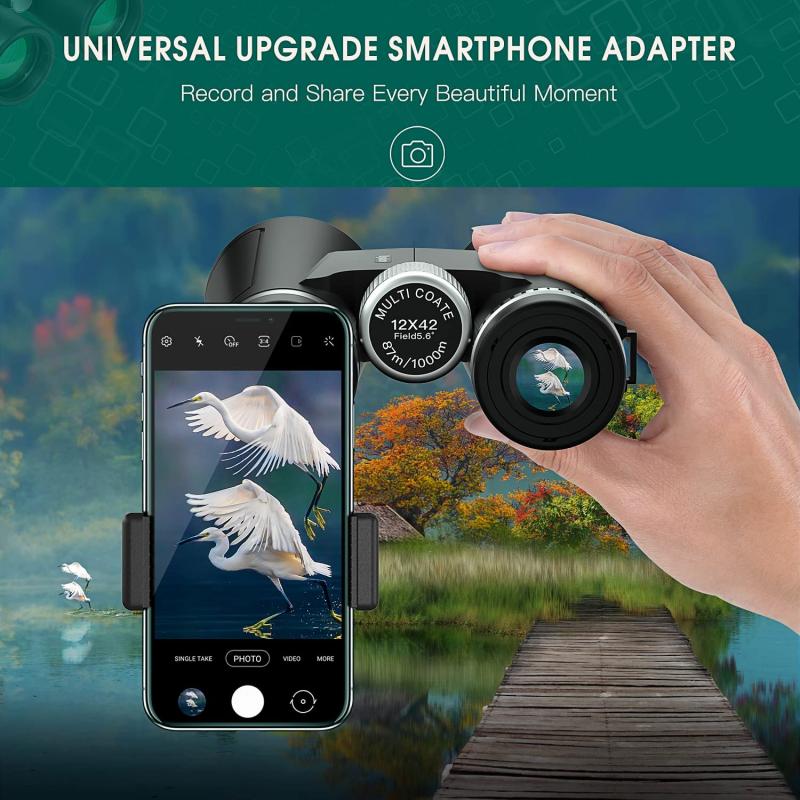
2、 Field of View and Exit Pupil
When it comes to buying the right binoculars, there are several factors to consider. Two important factors to pay attention to are the field of view and exit pupil.
The field of view refers to the width of the area that can be seen through the binoculars. A wider field of view allows you to see more of the surrounding area, making it easier to track moving objects or observe a larger scene. It is especially important for activities such as birdwatching or wildlife observation. However, a wider field of view often comes at the expense of magnification, so it's important to strike a balance based on your specific needs.
Exit pupil is another crucial factor to consider. It is the diameter of the beam of light that enters your eye through the binoculars. A larger exit pupil allows more light to enter your eye, resulting in a brighter image, especially in low-light conditions. This is particularly important for activities like stargazing or observing wildlife at dawn or dusk. To determine the exit pupil, divide the diameter of the objective lens by the magnification. For example, a 10x42 binoculars would have an exit pupil of 4.2mm.
It's worth noting that the latest advancements in binocular technology have led to the development of binoculars with wider fields of view and larger exit pupils. Manufacturers are constantly improving their designs to provide users with a better viewing experience. Therefore, it's important to stay updated on the latest models and read reviews to ensure you are purchasing binoculars with the best field of view and exit pupil for your needs.
In conclusion, when buying binoculars, consider the field of view and exit pupil to ensure you choose the right pair for your specific activities. Stay informed about the latest advancements in binocular technology to make an informed decision.
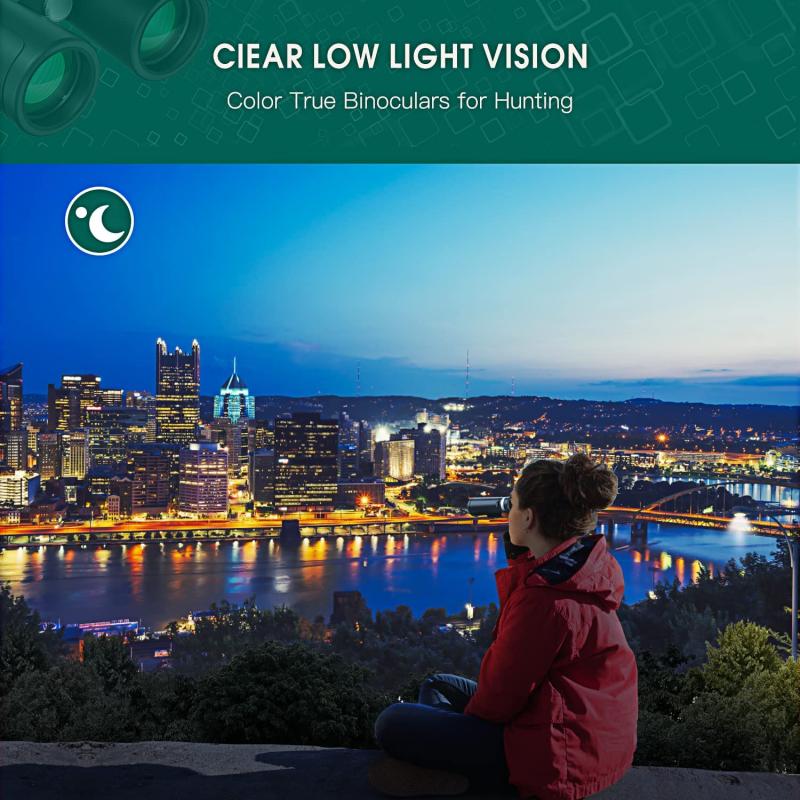
3、 Prism Type: Porro vs Roof
When it comes to buying the right binoculars, one of the key factors to consider is the prism type. There are two main types of prisms used in binoculars: Porro and Roof. Each type has its own advantages and disadvantages, so it's important to understand the differences before making a decision.
Porro prism binoculars have been around for a long time and are known for providing a wider field of view and better depth perception. They typically offer better image quality and are often more affordable than roof prism binoculars. However, Porro prism binoculars tend to be bulkier and heavier, making them less portable.
On the other hand, roof prism binoculars are more compact and lightweight, making them easier to carry around. They are also more durable and resistant to water and fog, making them suitable for outdoor activities. Roof prism binoculars generally have a straight-through design, which some users find more comfortable to use. However, they tend to be more expensive than Porro prism binoculars and may not provide the same level of image quality.
In recent years, there have been advancements in roof prism technology, resulting in improved image quality and reduced size. Some high-end roof prism binoculars now rival the performance of Porro prism binoculars. However, these advancements also come with a higher price tag.
Ultimately, the choice between Porro and Roof prism binoculars depends on your specific needs and preferences. If you prioritize image quality and a wider field of view, Porro prism binoculars may be the better option. However, if portability and durability are more important to you, roof prism binoculars may be the way to go. It's always a good idea to try out different models and compare them side by side to see which one feels more comfortable and suits your needs best.
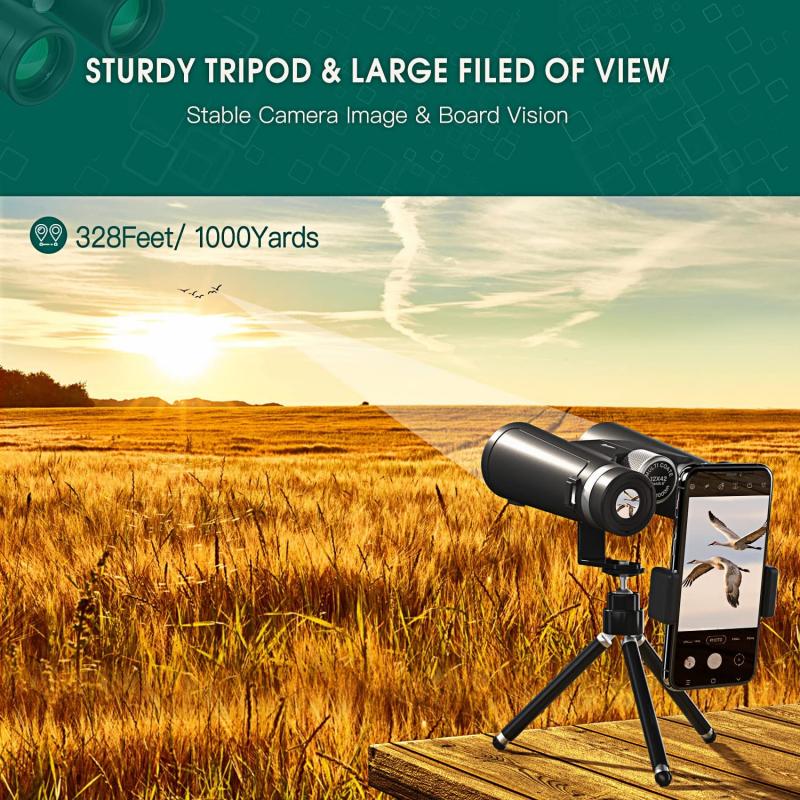
4、 Lens Coatings and Image Quality
When it comes to buying the right binoculars, one of the most important factors to consider is lens coatings and image quality. Lens coatings play a crucial role in enhancing the performance and clarity of the binoculars, allowing you to have a better viewing experience.
Lens coatings are applied to the glass surfaces of the binoculars to reduce glare, improve light transmission, and enhance image contrast. They help to minimize reflections and increase the amount of light that reaches your eyes, resulting in brighter and sharper images. There are different types of lens coatings available, such as anti-reflective coatings, multi-coatings, and fully multi-coatings. The latest advancements in lens coating technology have made it possible to achieve even better image quality and clarity.
Anti-reflective coatings are the most basic type of lens coating and are applied to reduce reflections and increase light transmission. Multi-coatings, on the other hand, involve multiple layers of coatings on the lens surfaces, which further enhance light transmission and image quality. Fully multi-coated binoculars have the highest level of lens coatings, providing superior image brightness, sharpness, and color fidelity.
When buying binoculars, it is important to look for models that have high-quality lens coatings. This will ensure that you get the best possible image quality and clarity. Additionally, consider the size of the objective lens, as larger lenses allow more light to enter the binoculars, resulting in brighter images.
In conclusion, when purchasing binoculars, paying attention to lens coatings and image quality is crucial. The latest advancements in lens coating technology have significantly improved the performance of binoculars, providing brighter, sharper, and more vibrant images. By choosing binoculars with high-quality lens coatings, you can enhance your viewing experience and make the most out of your outdoor adventures.
